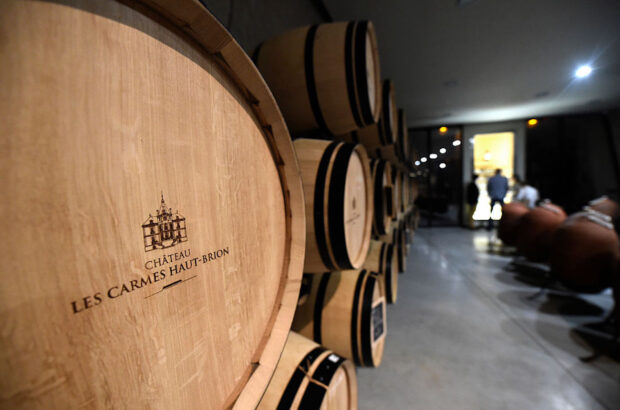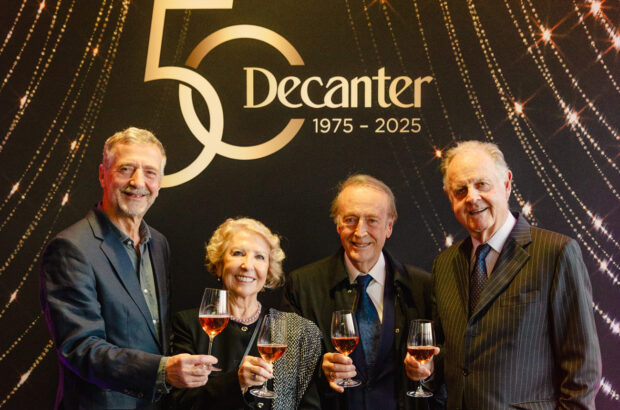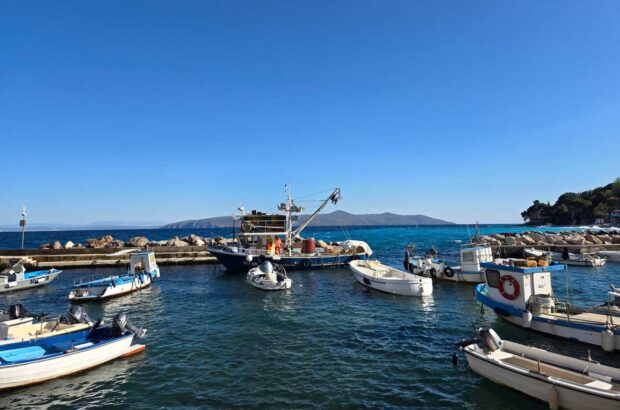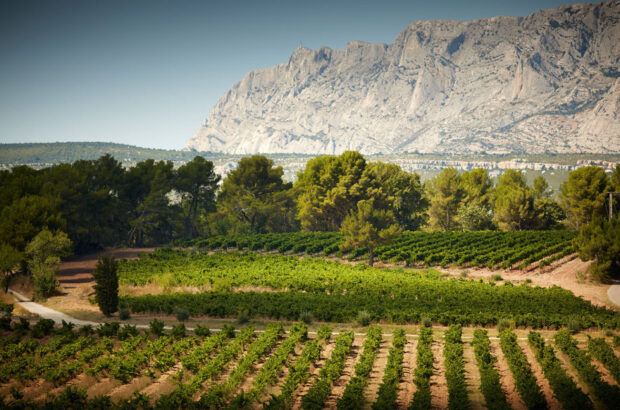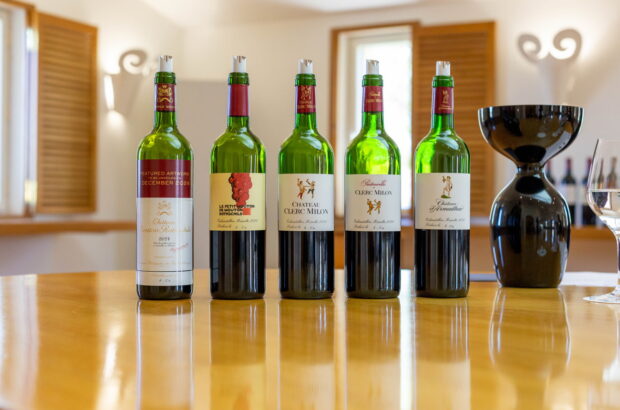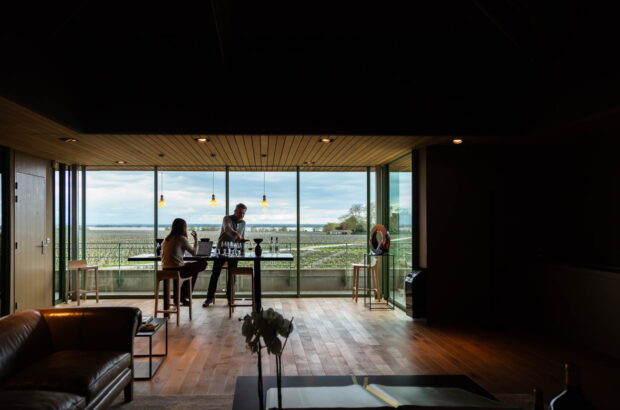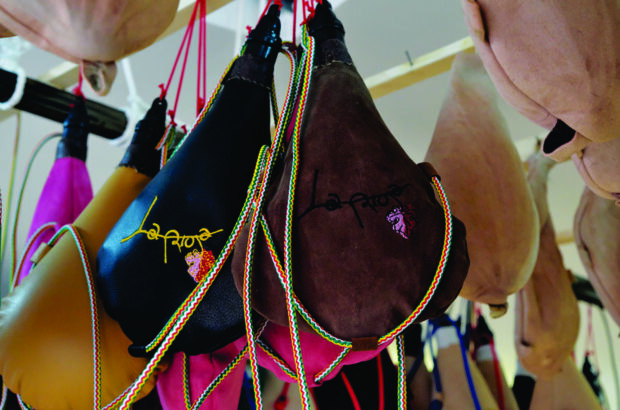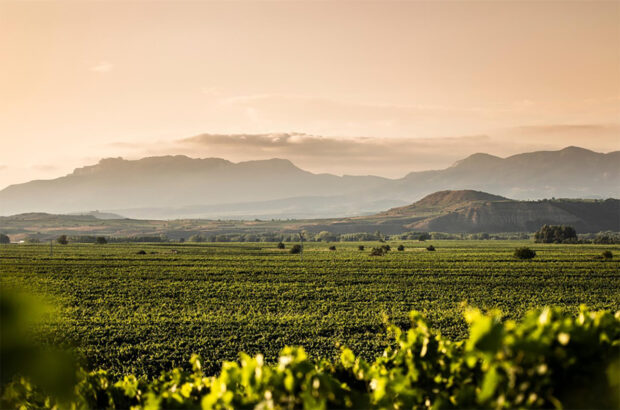La Niña’s extended three-year run of 2020-2022, with its largely beneficial cooling effects for southern hemisphere viticulture, has ended; a warming El Niño phase is back, and the UN predicted in May 2023 that there is a 66% chance we will see 1.5°C of warming for at least one year in the next half-decade.
Crossing that threshold (according to the UN’s Intergovernmental Panel on Climate Change) ‘risks unleashing far more severe climate-change impacts’ than those experienced thus far. The world agreed to try to stay behind this red line at COP21 in Paris in December 2015. We’ve failed.
Yes, the taste of wine may be the least of our worries – but it is changing, too. Producers are busy responding. Let’s consider just one aspect of this complex, many-faceted topic: malolactic fermentation in sparkling and white wines.
Growing seasons are shortening, and the vital latter stages of ripening are taking place during the longer, brighter, hotter days of high summer. Under these circumstances, sugar accumulations in grapes race forwards (by up to 2% potential alcohol in a week). Harvesting is fraught. Too soon, and you may keep sugars down and acids up but you won’t have attained flavour ripeness (often called phenolic ripeness). Too late, and flavour ripeness will have come at the cost of high alcohol and low acidity, with a potentially negative influence on wine balances.
Whether or not you allow ‘malo’ (the process of conversion of harsher malic acid to softer and more stable lactic acid) to happen is key.
I was in both Burgundy and Champagne last autumn, and in the northern Rhône this spring. Malo was formerly the sparkling and white-wine default for all these regions. ‘In the 1970s, we had very high acids,’ remembers Jean-Baptiste Lécaillon of Louis Roederer.‘We had to [put base wines through] malolactic fermentation, in order to soften the acidity. Now we are back to ripe grapes. Malolactic should disappear. For Cristal, I don’t do any malolactic fermentation.’ Other Champagne houses and growers are now trialling blocked malos for certain lots and parcels of their vines; and in white wine-making parts of Burgundy, too, this is increasingly common. At Louis Jadot, Frédéric Barnier decides whether to block malo based on the conditions of the year, but says that in the hot vintages of the last decade ‘this is happening quite often’.
In Chablis, by contrast, malo remains ubiquitous – as it is, intriguingly, in Condrieu, even though natural acidity levels are lowest of all here. ‘Non-malo Viognier,’ Philippe Guigal once told me, ‘is a non-interesting wine’. Blocking the malo for Viognier in Condrieu, growers say, locks the wine into a simple, primary state and robs it of aromatic wealth and complexity; it also requires significant sulphur additions (low or zero-sulphur winemakers everywhere accept their whites will likely go through malo). But Condrieu growers don’t fret about a lack of acidity in hot vintages. ‘Minerality’ (they say) compensates as a balancing factor.
Note the logic. The sharpening and focusing effect of a blocked malo may be appropriate to fine-bladed Champagne; not so Condrieu, whose pleasures are intimately bound up with perfume, amplitude and wealth. White Burgundy is an interesting case, since vinosity, sinew and a kind of secondary expansiveness form part of its classical allure, and these are a legacy of malo.
Tight, taut severity won’t please the drinker if its grip on the wine never eases, so a partial exploration of the technique seems the wisest course at this stage. That’s what has happened among Chardonnay-makers in Australia over the last decade. Back in 2015, about 65% of Margaret River Chardonnay saw no malo at all; now, many growers are opting for at least some malo, with the attendant benefits for texture and complexity, despite a warming climate.
So everyone may be right. For now. That’s the challenge: the worst is to come.
In my glass this month
It’s hard to believe, but E Guigal makes and markets up to a quarter of Condrieu’s production every year, buying fruit from most of the appellation’s growers. To maintain consistency, ‘the date of harvest is key’, says production director Jacques Desvernois. Guigal’s Condrieu 2019 (£44.95-£51.99 Bakers & Larners, Fareham Wine Cellar) is at its apogee just now: freesias, apricots and cream on the nose, then more flowers, oranges and spice oozing from its rich, faintly salty and gratifyingly mouthfilling palate. One gorgeous wine.




